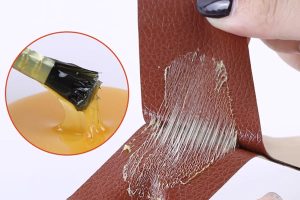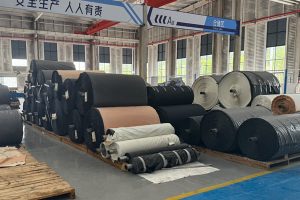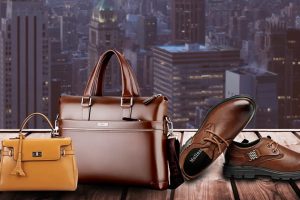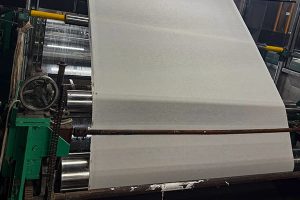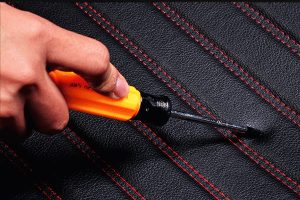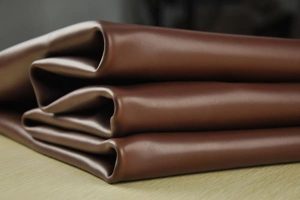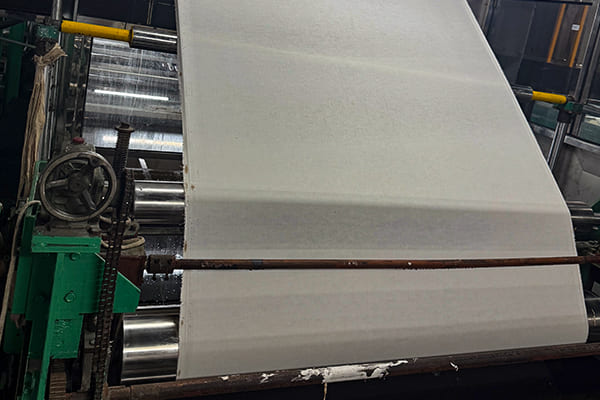
Welcome to the world of faux leather, where style meets ethics without a single cow needing a spa day! Faux leather, also known as synthetic or vegan leather, is the fashion industry’s clever way of having its cake and eating it too—delivering the luxurious look of genuine leather while keeping our animal friends blissfully unaware of their stylish impact. Made primarily from materials like polyurethane and PVC, faux leather is the go-to choice for trendsetters who want to strut their stuff without the guilt trip. So, grab your favorite faux leather jacket, because we’re about to unravel the fascinating ingredients that make this chic fabric tick—no animal hides required!
The Basics of Faux Leather: Understanding Its Composition
Faux leather, also known as synthetic leather or vegan leather, is designed to replicate the appearance and texture of genuine leather without the use of animal hides. Its primary appeal lies in its versatility, affordability, and ethical considerations, making it a popular choice in the fashion industry and beyond. At its core, faux leather is made from a combination of synthetic materials that are engineered to mimic the natural look and feel of leather. This fabric can be found in various forms, from stylish jackets and bags to furniture upholstery, proving its adaptability across different applications. Understanding what faux leather is made of helps consumers appreciate its benefits and limitations, allowing for more informed choices when selecting products.
From Polyurethane to PVC: The Key Materials Behind Faux Leather
The two most common materials used in the production of faux leather are polyurethane (PU) and polyvinyl chloride (PVC). PU is a more environmentally friendly option, as it is typically made from renewable resources and has a softer, more flexible texture. It closely resembles genuine leather in both look and feel, making it a favorite among designers and consumers alike. On the other hand, PVC is a more durable option that can withstand wear and tear but is often associated with higher environmental concerns due to its manufacturing process and the chemicals involved. While both materials offer distinct advantages, the choice between PU and PVC can impact the overall quality, durability, and sustainability of the final product, influencing consumers’ purchasing decisions.
The Production Process: How Faux Leather Comes to Life
The production of faux leather involves several intricate steps that transform raw materials into the final fabric. Initially, the chosen synthetic base, typically a textile such as cotton or polyester, is coated with a layer of polyurethane or PVC. This coating is applied through various methods, including extrusion or lamination, ensuring a uniform layer that mimics the texture of real leather. After the coating, the material undergoes treatments to enhance its properties, such as adding color, texture, or protective finishes. These processes can involve techniques like embossing to create a natural grain pattern or applying a finish that adds water resistance. The result is a versatile and durable fabric that not only looks stylish but also meets the demands of various applications, from fashion to home décor.
The Role of Backing Fabrics: Supporting the Faux Leather Structure
Backing fabrics play a crucial role in the construction of faux leather, providing both stability and support to the synthetic layer. Typically made from textiles like cotton, polyester, or even recycled materials, these backing layers are essential for enhancing the durability and overall feel of the faux leather. They offer a foundation that helps the synthetic surface maintain its shape, prevent tearing, and improve breathability. Without a solid backing, faux leather would be less flexible and more prone to damage. Additionally, the choice of backing fabric can influence the texture and drape of the final product, making it vital for manufacturers to select materials that complement the intended use of the faux leather, whether it’s for clothing, upholstery, or accessories.
Eco-Friendly Alternatives: Sustainable Materials in Faux Leather Production
As consumers become increasingly conscious of environmental issues, the demand for eco-friendly alternatives in faux leather production has risen. Innovative materials, such as mushroom leather, pineapple leather (Piñatex), and other plant-based options, are emerging as sustainable choices. These alternatives utilize agricultural byproducts, reducing waste and the environmental impact associated with traditional synthetic leather manufacturing. For instance, mushroom leather, made from mycelium, offers a biodegradable option that closely mimics the texture of animal leather without the ethical concerns. Such advancements not only appeal to environmentally aware consumers but also pave the way for a more sustainable future in the fashion industry. By opting for these eco-friendly materials, consumers can enjoy the aesthetics of leather while supporting sustainable practices.
Comparing Quality: What to Look for in Faux Leather Fabrics
When it comes to faux leather, not all fabrics are created equal. To ensure you’re selecting a high-quality option, there are several factors to consider. First, examine the thickness and texture; a thicker, more substantial fabric is likely to be more durable and resistant to wear. Look for faux leather that has a realistic grain pattern, as this can indicate a higher quality product that closely resembles genuine leather. Additionally, check for flexibility; high-quality faux leather should have a soft, supple feel rather than being stiff or rigid. Finally, consider the environmental impact by researching the materials used in the production process—options like PU tend to be more sustainable than PVC. By keeping these criteria in mind, consumers can make informed choices that balance aesthetics, durability, and ethical considerations.
Conclusion
As we peel back the layers of faux leather, it’s clear that this fabric is more than just a stylish stand-in for genuine leather. With its diverse compositions, from polyurethane to innovative plant-based alternatives, faux leather proves that you can look good while being environmentally conscious. Whether you’re eyeing a sleek jacket or a cozy sofa, understanding what goes into faux leather empowers you to make choices that align with your values—no cows required. So the next time you slip into your favorite faux leather piece, remember: you’re not just making a fashion statement; you’re making a conscious choice for both style and sustainability. Cheers to that!


